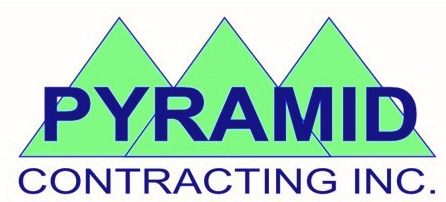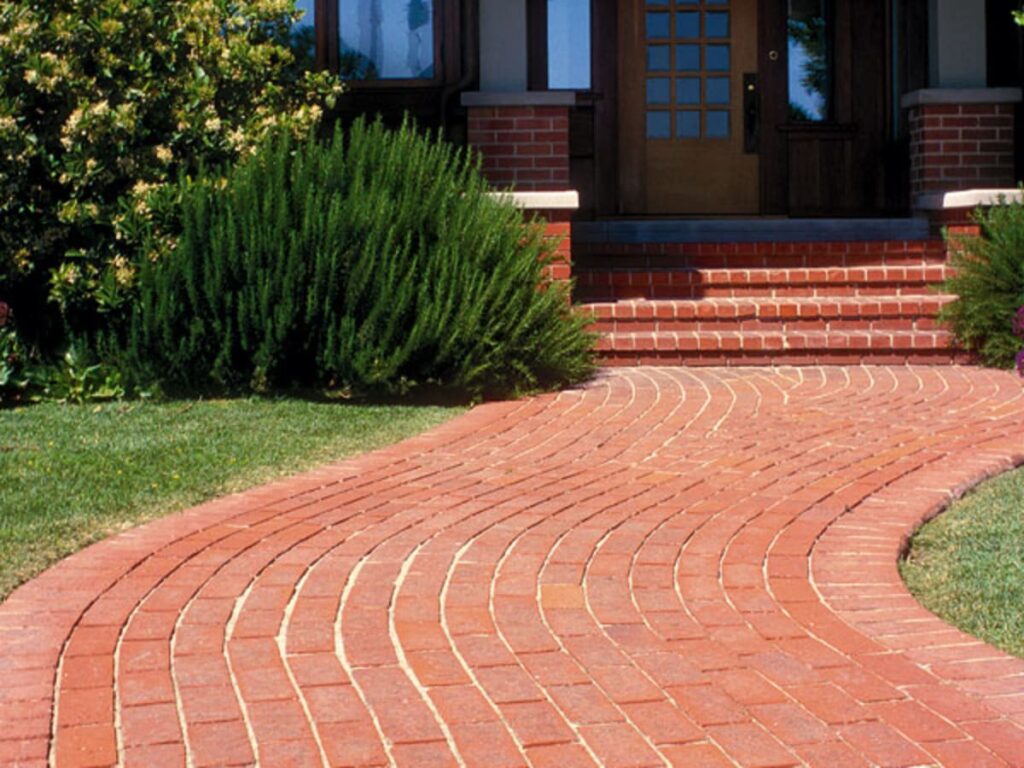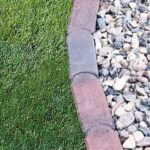Bricks have been a popular building material for ages. Their strength, good looks and ease of manufacture have made them trusted by builders throughout history. When used as pavers, they can create elegant-looking sidewalks, driveways and other surfaces. But are brick pavers the right material for your situation? In this post, we’ll go over the pros and cons of brick pavers.
Brick Pavers Vs Structural Bricks
Brick pavers are somewhat different from bricks used to make walls. Bricks used to make walls are known as structural or face bricks. Brick pavers lack the holes that are characteristic of structural bricks. The holes in structural bricks are necessary to hold the mortar in place and allow the bricks to lock together. Brick pavers lack these holes which makes them denser, heavier and stronger. This makes brick pavers ideal for laying flat and supporting large amounts of weight.
Cost
When it comes to cost, brick pavers are generally more expensive than concrete pavers or poured concrete. When creating large surfaces such as driveways or large patios, this cost can add up. If you like the looks of brick pavers but the cost is an issue, you may want to reserve them for smaller projects such as walkways or landings.
Installation
If you consider yourself a DIYer, installing brick pavers yourself can significantly cut costs. As opposed to building a brick wall, laying brick pavers is a much easier job with fewer consequences if small mistakes are made. Although it will likely take an inexperienced person much longer to install brick pavers than a professional, doing it yourself could save you up $15 or more per square foot.
Maintenance
A properly maintained brick paver driveway can last you more than 25 years which is about five years longer than asphalt. Brick pavers should be pressure washed once or twice a year followed by resanding of the joints and the application of a sealant. The sealant will reduce the growth of weeds in the cracks, protect the pavers from the elements and reduce erosion of the sand or mortar used between the pavers.



